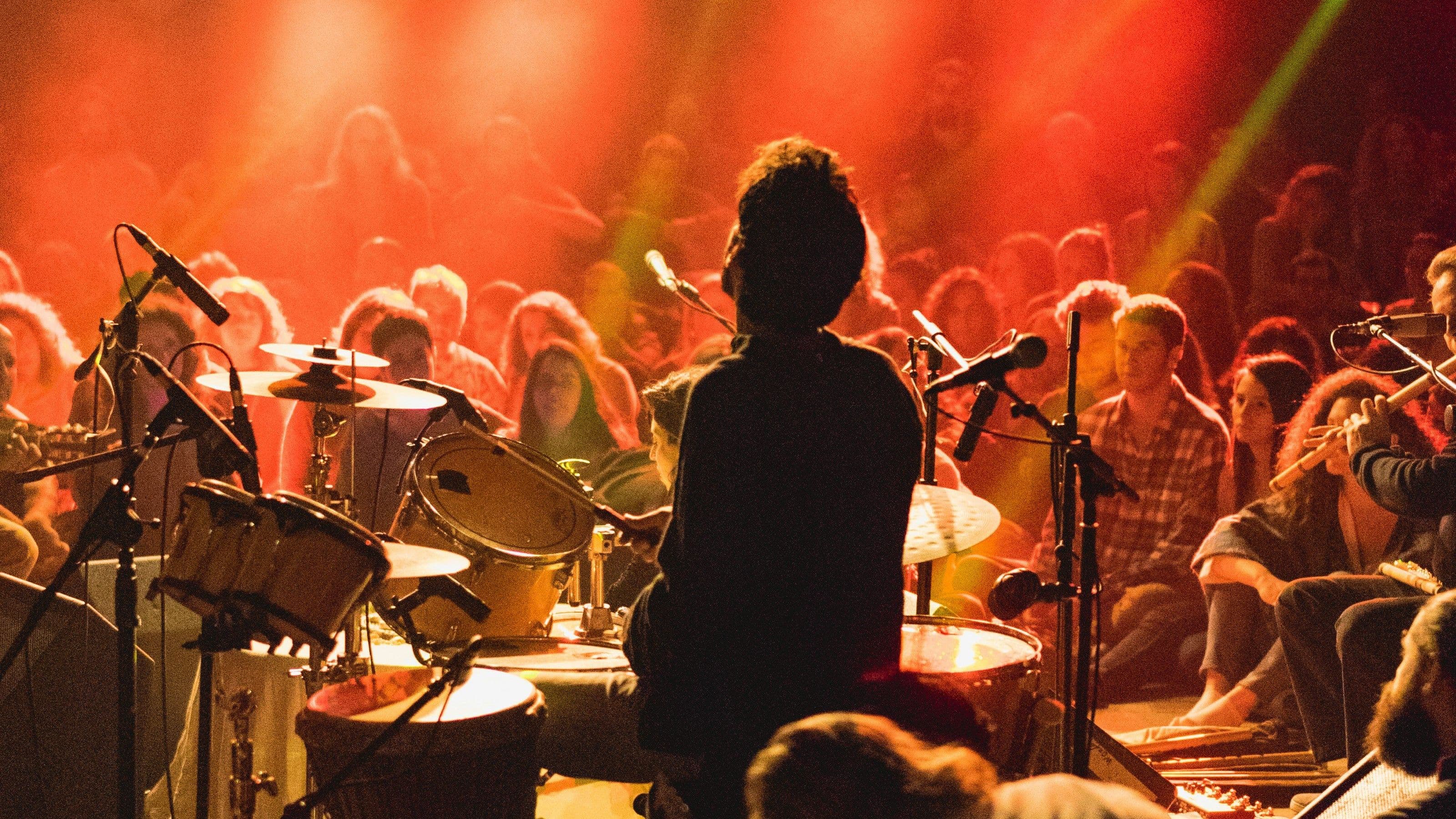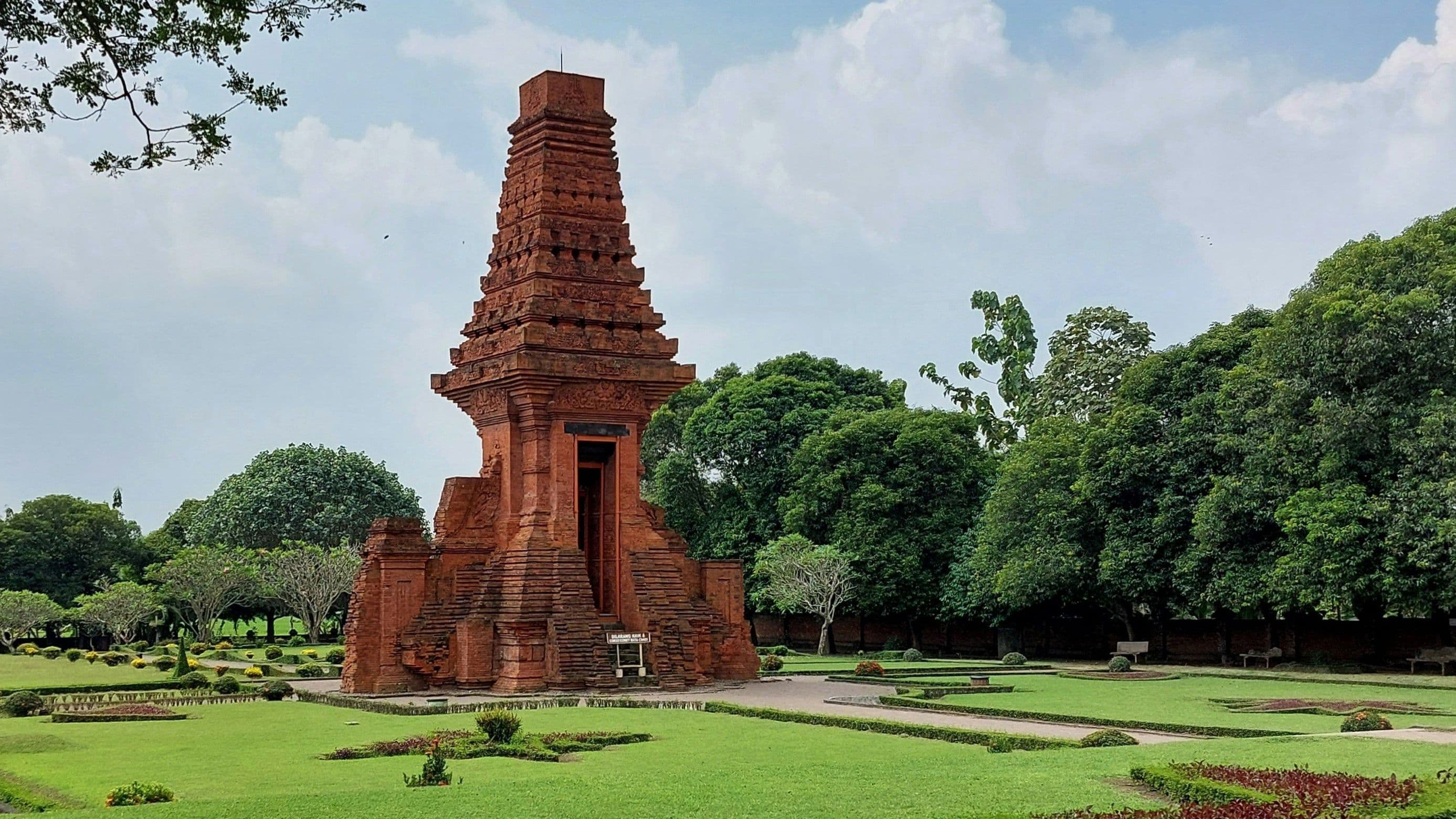
Published at
23 Aug, 2024
Author
Gripastudio
Southeast Asia's music scene is a dynamic blend of tradition and modernity, shaped by ancient kingdoms and cultural exchange. Evolving through centuries, local sounds like Indonesia’s gamelan and Thailand’s Mor Lam now merge with global influences, creating hybrid genres and vibrant festivals that make the region a hub for innovation and musical diversity.
"Music is a world within itself, with a language we all understand."
- Stevie Wonder
When people talk about Southeast Asia, they usually wax poetic about its stunning beaches, colorful markets, and awe-inspiring temples. Sure, the region is brimming with Instagram-worthy landscapes and cultural landmarks that can make even the most jaded traveler swoon. But ask anyone who's lived here or spent significant time exploring its hidden corners, and they’ll tell you that the real magic lies in the music. From the hypnotic hum of traditional instruments to the pulsating beats of a thriving underground scene, Southeast Asia’s music landscape is as rich and diverse as its food—and that’s saying something.
For musicians and event organizers, the music scene in Southeast Asia offers a playground of possibilities. Whether you’re looking to delve into traditional genres, mix global influences, or create something entirely new, the region’s vast cultural diversity provides a fertile ground for creativity. Southeast Asia isn’t just a destination for tourists seeking a holiday soundtrack—it’s a melting pot where culture, tradition, and modernity come together to produce some of the most dynamic and exciting music on the planet.
Tradition, reimagined.
Let’s start with the roots. Southeast Asia has an incredibly rich musical history, and the most exciting thing about it is how alive that tradition remains today. Take Indonesia, for example. Gamelan, a traditional ensemble music that dates back centuries, is made up of metallophones, gongs, and drums. Historically, it’s been used in everything from religious ceremonies to royal courts. But don’t let its ancient origins fool you—this isn’t just “museum music.” In the hands of today’s artists, gamelan has found its way into the heart of contemporary Indonesian music. Some local bands are fusing gamelan’s hypnotic rhythms with electronic beats, creating a genre that is as innovative as it is deeply tied to the past. It’s the perfect example of tradition being reimagined for a modern audience.
Thailand is another case study in musical evolution. Mor Lam, a traditional form of folk music from Thailand’s Isaan region, was once the soundtrack of village festivals and rural gatherings. Fast-forward to today, and you’ll find Mor Lam rhythms layered over trap beats, with Thai rappers spitting verses over melodies that their grandparents would have recognized. This isn’t just about keeping tradition alive; it’s about transforming it in ways that resonate with modern listeners while staying true to its cultural roots.

Southeast Asia's interconnected music stems from ancient kingdoms like Srivijaya and Majapahit.
What makes the music in Southeast Asia so interconnected is its shared history, which dates back to ancient kingdoms and empires that once spanned large parts of the region. Between the first and tenth centuries CE, trade routes linking Southeast Asia to India and China facilitated the exchange of not just goods, but also ideas, art, and music. The Hindu-Buddhist kingdoms of Srivijaya and Majapahit, for example, spanned across present-day Indonesia, Malaysia, and Thailand, spreading the use of gongs, metallophones, and courtly music traditions across the region.
This exchange laid the groundwork for the musical similarities that we see today in countries like Indonesia, Thailand, Cambodia, and Laos. Instruments like the gong and the metallophone, central to the gamelan orchestra in Indonesia, are also used in Thailand's classical ensembles, such as Piphat. Similarly, the influence of Hindu and Buddhist religious practices brought ceremonial music to the courts and temples of these regions, establishing a shared cultural thread that endures even now.
Islamic influence also played a significant role in shaping the music of Southeast Asia, especially in Malaysia, Indonesia, and the southern Philippines. From the 13th century onwards, as Islam spread through trade and religious proselytizing, it brought with it Sufi musical traditions and Quranic recitations. These influences fused with existing local traditions, leading to the development of hybrid genres that combined spiritual and folk elements. This synthesis of musical styles further contributed to the shared musical heritage of the region.

Global Influences, Local Flair
While Southeast Asia’s musical roots run deep, its branches stretch far and wide. Thanks to centuries of global interactions—from colonialism to trade to modern-day cultural exchange—the region has absorbed influences from around the world and turned them into something uniquely its own.
In Malaysia, for example, you’ll find Joget, a genre born out of Portuguese colonization, blending European folk tunes with Malay rhythms. In the Philippines, Kundiman ballads combine Spanish lyrical structures with Filipino melodies, creating evocative love songs deeply connected to the nation's identity. And today, Southeast Asia continues to absorb global influences like K-pop, hip-hop, and electronic music, while infusing them with local flavors, adding layers of depth and uniqueness to global trends.
"In the beautiful complexity of cultural fusion, we discover that tradition and modernity are not opposites but co-creators of something new, something vibrant, and something utterly unique."
- Roots & Routes Magazine
The Rise of Festivals: A Global Stage
Southeast Asia’s music scene isn’t confined to the recording studio—it’s very much alive and thriving on stage. The festival circuit here is booming, and it’s as diverse as the region itself. Whether you’re into the raw energy of rock, the intricate layers of jazz, or the heart-thumping beats of electronic music, there’s a festival for you.
Take the Rainforest World Music Festival in Malaysia, where indigenous music meets global sounds deep in the Borneo jungle. Or ZoukOut in Singapore, where international DJs headline one of Asia’s largest beach parties. And then there’s Java Jazz Festival in Indonesia, a world-renowned event that features both international jazz legends and local stars. These festivals provide a platform where the rich musical heritage of the region intersects with modern global trends.

For musicians and event organizers, Southeast Asia is a land of opportunity. Whether collaborating with local artists or experimenting with hybrid genres, the region’s musical diversity ensures there’s always something new to discover. And with a growing appetite for live music and cultural events, the market for festivals and concerts is booming.
In cities like Bangkok, Jakarta, and Manila, major venues and thriving music communities are ready for innovation, while smaller cities like Chiang Mai and Yogyakarta provide intimate settings for experimental concerts and niche festivals. Southeast Asia is the perfect place for creatives to break new ground.
The Rhythm of Southeast Asia
At the heart of Southeast Asia’s music scene is a rhythm that never stops—whether it’s the ancient beats of traditional instruments or the pulsing energy of a packed nightclub. This is a region where cultures collide in the best possible way, creating music that is as diverse as the people who live here.
For musicians and event organizers alike, Southeast Asia is more than just a destination—it’s a source of inspiration, creativity, and innovation. Whether you’re drawn to the ancient sounds of gamelan, the modern fusion of hip-hop and folk, or the sheer energy of the festival circuit, Southeast Asia has something to offer. And in return, it asks only one thing: that you bring your passion, your curiosity, and your love of music to the table.
Because in Southeast Asia, music isn’t just something you listen to—it’s something you feel, something you live, and something you share with the world.

References: Southeast Asian arts - Music, Instruments, Traditions | Britannica (https://www.britannica.com/art/Southeast-Asian-arts/Music).
On the history of the musical arts in Southeast Asia (Chapter 17) - The Cambridge History of World Music (https://www.cambridge.org/core/books/cambridge-history-of-world-music/on-the-history-of-the-musical-arts-in-southeast-asia/39F27D8C6841DB3CA0ADCB34263F78E4).
Radio is paused